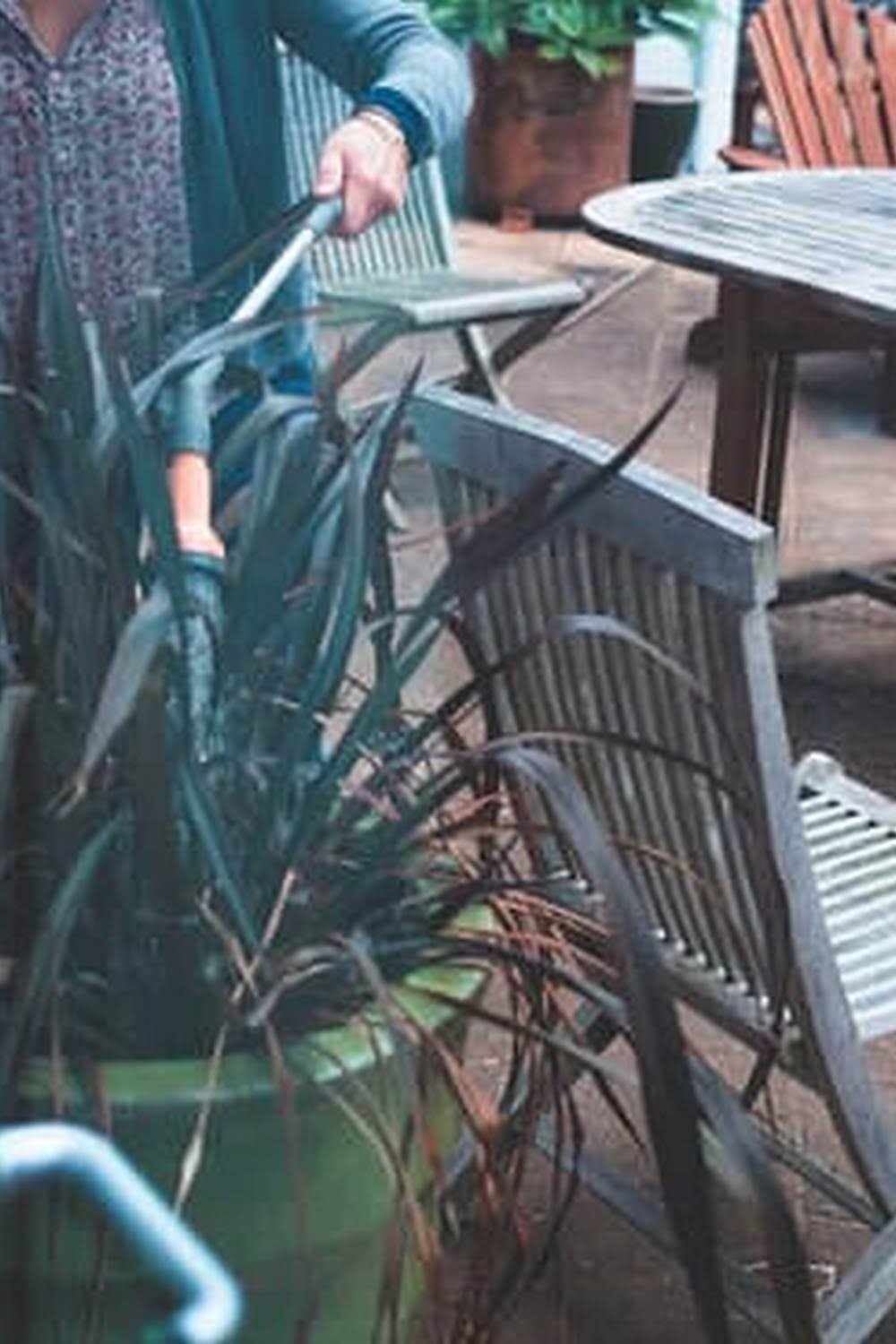Wood For Raised Vegetable Garden
The type of wood you use for your raised vegetable garden is important. You need a wood that is weather resistant and will last for a long time. Cedar is a great choice for a raised vegetable garden because it is weather resistant, durable, and has a natural resistance to decay and insects.
What Kind Of Soil For Raised Vegetable Garden
The kind of soil for raised vegetable garden is important for the health of your plants. You want to use a soil that is light and fluffy, yet still has some nutrients and moisture. Garden soil is heavy and can compact, making it difficult for the plants’ roots to grow.
You can buy soil specifically for gardens, or you can make your own. If you make your own, start with a soil mix that is light and fluffy. You can add some organic matter, such as compost, to help add nutrients and moisture.
It is important to keep the soil in your raised garden bed fertile and healthy, so be sure to add compost or other organic matter to the bed every year. You can also add fertilizers to the soil to help keep your plants healthy.
Diy Raised Vegetable Garden Beds
Building your own raised vegetable garden beds is a great way to save money, get a head start on the growing season, and customize the size and shape of your garden. Not to mention, it’s a fun DIY project that the whole family can get involved in!
To build your own raised vegetable garden beds, you’ll need:
– untreated lumber, in the desired size and shape of your beds
– a drill
– a saw
– a screwdriver or drill bit
– wood screws
– a hammer
– landscape fabric
– soil
1. Decide on the size and shape of your raised vegetable garden beds.
Keep in mind that the taller the bed, the deeper the soil will be, so make sure to take that into account when deciding on the height of your bed.
2. Cut the lumber to the desired size and shape for your raised vegetable garden beds.
3. Drill holes in the lumber for screws.
Space the screws about every 8-10 inches.
4. Assemble the raised vegetable garden beds by screwing the pieces of lumber together.
5. Cut the landscape fabric to size and place it in the bottom of the raised vegetable garden beds.
This will help to prevent the soil from eroding and keep the soil in place.
6. Add soil to the raised vegetable garden beds.
Make sure to add enough soil so that the vegetables will be able to grow to their full potential.
7. Plant your vegetables and enjoy!
Best Way To Water A Raised Vegetable Garden
There is no one-size-fits-all answer to the question of how to water a raised vegetable garden, as the answer will vary depending on factors such as the type of soil in your garden, the climate, and the irrigation system you are using. However, in general, there are a few tips that can help you water your raised vegetable garden effectively.
First, make sure to test the soil in your garden before you begin watering. This will help you determine how much water your garden needs. In general, vegetable gardens need about 1 inch of water per week. However, if the soil is sandy, it will need more water than if the soil is clayey.
Once you have determined how much water your garden needs, it is important to water it regularly, rather than watering it all at once. This will help the water penetrate the soil and reach the roots of the plants. You can either water your garden by hand or use an irrigation system.
If you are watering your garden by hand, make sure to water the plants evenly, from the top of the soil to the bottom. You can use a watering can or a hose with a spray nozzle. If you are using an irrigation system, make sure to water the plants for the recommended amount of time (usually about 15 minutes).
Finally, remember to water your garden early in the morning or late in the evening, so the water has a chance to dry before nightfall. This will help prevent fungal diseases from developing.
Raised Vegetable Garden Layout Ideas
When it comes to gardening, there are many different ways to approach the endeavor, depending on your needs, space, and climate. One option that is growing in popularity is the raised vegetable garden.
A raised vegetable garden is a great way to garden if you have limited space, want to avoid bending over to garden, or live in an area with poor soil. You can also use a raised vegetable garden to create a garden in a difficult-to-garden area, such as on a hill or in a shady spot.
There are many different ways to set up a raised vegetable garden. One popular layout is to create a raised bed out of lumber. This is a great option if you want a garden that is both decorative and functional. You can create a variety of shapes and sizes with a raised bed garden, and you can even add steps or a bench for seating.
If you are limited on space, you can use a raised vegetable garden that is made out of containers. This can be a great option if you want to be able to move your garden around, or if you want to use a specific container for a specific type of plant.
No matter what type of raised vegetable garden you choose to create, there are a few things to keep in mind. First, make sure that your garden is large enough to accommodate the plants you want to grow. Also, be sure to choose a location that gets plenty of sunlight. If your garden is in a shady spot, you may need to add a light source.
Finally, be sure to use a good quality soil in your raised vegetable garden. You can either buy soil specifically for gardening, or you can make your own by combining compost with soil from your yard.
Creating a raised vegetable garden is a great way to get into gardening, or to expand your gardening options if you have limited space. With a little bit of planning, you can create a raised vegetable garden that is perfect for your needs.

If you’re looking to get into vegetable gardening, or are just looking for some tips on how to make your current garden better, then you’ve come to the right place! My name is Ethel and I have been gardening for years. In this blog, I’m going to share with you some of my best tips on how to create a successful vegetable garden.





